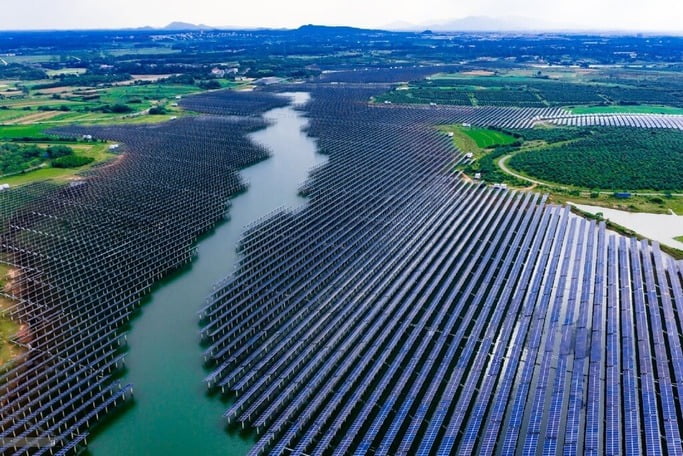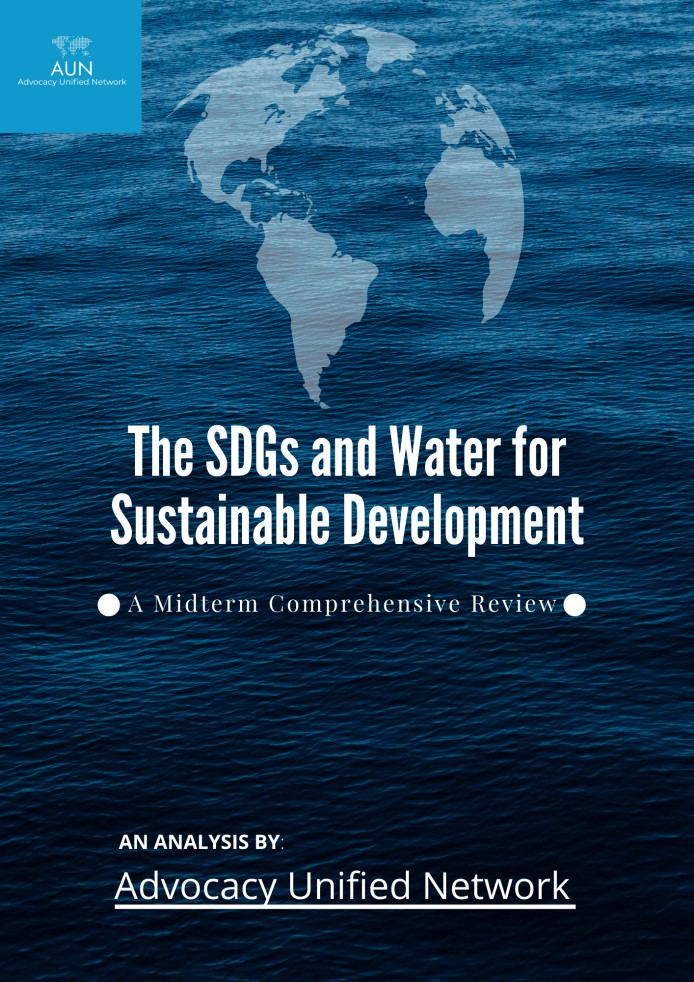|
The SDGs and Water

The SDGs and Water for Sustainable Development
The new Sustainable Development Goals (SDGs) were adopted by the United Nations General Assembly on 25 September 2015, following three years of preparations and two years of negotiations. The SDGs are universal, transformative, and ambitious, reflecting the world we want in 2030 as set out in the 2030 Agenda for Sustainable Development and the outcomes of the United Nations Conference on Sustainable Development (Rio+20) in 2012. They will replace the Millennium Development Goals (MDGs), focus global efforts on eradicating poverty in all forms, and build peaceful, just, and inclusive societies. But how do we assess their performance, and what does this tell us about the future of global development? This comprehensive review of the SDGs and Water for Sustainable Development highlights critical findings from international actors. It provides some recommendations on improving the SDGs to achieve SDG Target 6.5 By 2030 and ensure all access to water and sanitation.
Introduction
The international community has recognized water’s critical role in sustainable development. Water is at the core of sustainable development and essential for socio-economic development, healthy ecosystems, and human survival. The UN General Assembly has declared 2013–2022 as International Decade for Action Water for Sustainable Development (IDWSSD). According to UN-Water, sixty-six percent of all deaths in developing countries happen due to poor sanitation and unclean water. According to The World Bank, almost 1 billion people lack access to safe drinking water. Access to clean water can lead to better health outcomes through improved sanitation services. Improved hygiene practices can reduce disease transmission rates. Improved water sources also improve educational opportunities and productivity because children can regularly attend school without walking long distances to collect water. Increased productivity is evident in agriculture, where irrigation with improved water sources allows farmers to produce higher yields, leading to increased income generation and food security, reducing malnutrition rates. Evidence-based research shows a direct correlation between health, education, economic growth, and access to clean water sources, especially for those in poverty. By 2035 over half of humanity will live in areas with absolute water scarcity or significant stress on its availability from competing demands such as industry or agriculture, leaving little or no margin for error when providing sufficient quantities of quality freshwater resources sustainably. Keeping this in mind, international organizations such as UNESCO and WHO are working to ensure that water issues become part of national agendas, regional policies, and international agreements. There is an urgent need for effective action based on sound scientific knowledge to safeguard our future generations against increasing global pressures while ensuring equitable access to water and sanitation worldwide. International organizations must collaborate with governments, local communities, private sector stakeholders, and civil society organizations to build capacity across all relevant sectors toward achieving sustainable development goals by 2030.
To read the entire article you can download our free E-book:
join AUN
Join AUN to transform the world
Contact Us
For any help reach us

